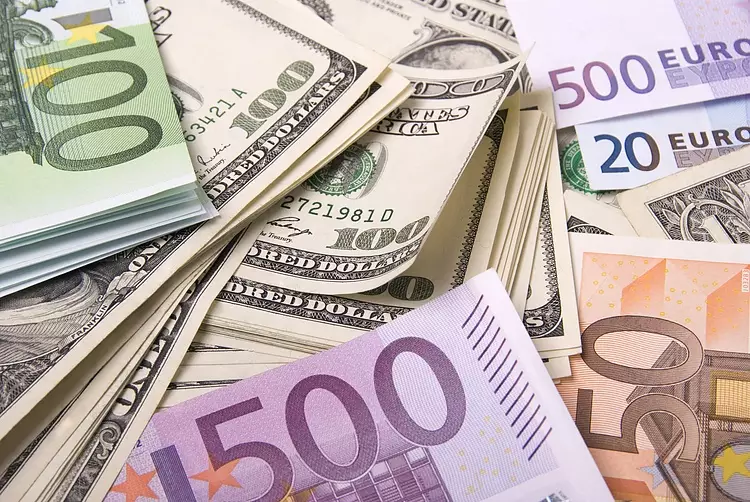The EUR/USD pair saw a decline of 0.2% on Tuesday, reflecting ongoing shifts in market sentiment. This dip adds to the growing concerns among traders regarding the Euro’s strength against the U.S. dollar. The apprehension stems from a confluence of factors affecting the European economy, particularly weak economic indicators and an increasingly dovish stance from the European Central Bank (ECB).
One of the critical elements influencing the Euro’s recent performance was the release of results from the latest ECB Bank Survey. The findings revealed that lending conditions in the Eurozone are tightening, unsettling market participants who had been holding onto hopes for a bullish Euro trend. The survey indicated that banks are becoming reluctant to extend credit, signaling potential stagnation in growth and an urgent need for the ECB to act decisively. This uptick in caution has led many traders to re-evaluate their positions on the Euro.
The market is bracing for a further 25 basis point cut by the ECB in the upcoming policy meeting, a move that is widely expected. A reduction in interest rates typically aims to stimulate economic activity by making borrowing cheaper; however, this action can inherently weaken the currency. Some analysts believe that successive rate cuts might not only suppress the Euro but could further complicate the economic recovery process in the Eurozone.
This expectation of a rate reduction is pivotal for traders as it fundamentally alters the landscape of the currency pair. Investors often seek higher yields, and if the ECB continues on its dovish path, the Euro may lose its appeal compared to the U.S. dollar, which is on a different trajectory under the Fed’s current policy stance.
While the near-term outlook appears challenging for the Euro, several factors could come into play as economic dynamics evolve. For instance, any unexpected economic data releases from the Eurozone could sway market sentiment significantly. Comparatively, the timing and nature of U.S. economic releases will also be crucial as they continue to outline a roadmap for the dollar’s performance.
Moreover, geopolitical developments, particularly those affecting trade and international relations within Europe, will likely impact economic recovery efforts and, consequently, the EUR/USD exchange rate. As traders navigate these potential influences, a nuanced understanding of market indicators will be essential.
The trajectory of the EUR/USD pair is heavily dictated by ECB policies and economic conditions across the Eurozone. With bearish sentiments prevailing due to possible rate cuts and cautious lending environments, market participants are advised to stay alert to any shifts that could redefine the current landscape.

